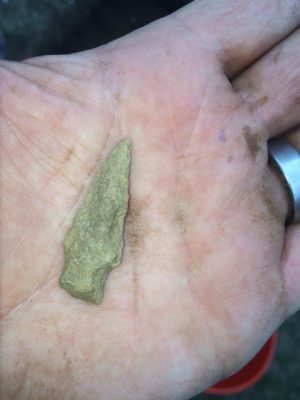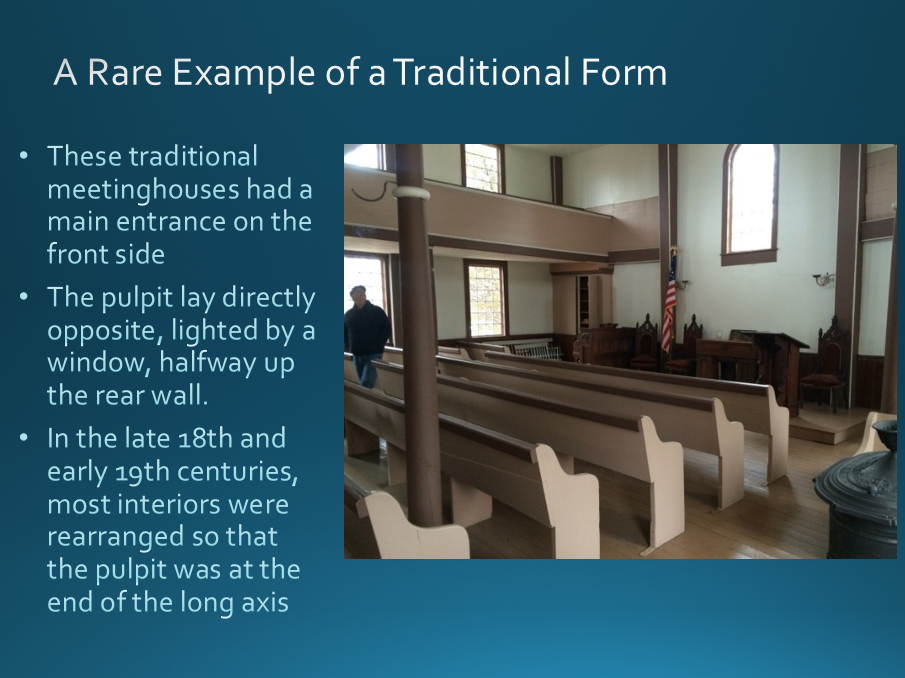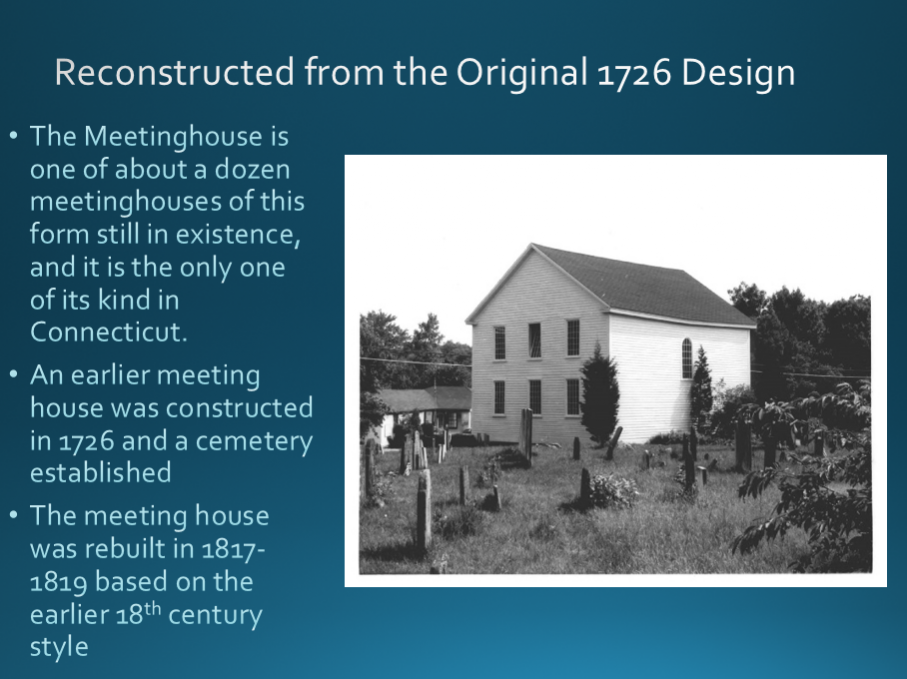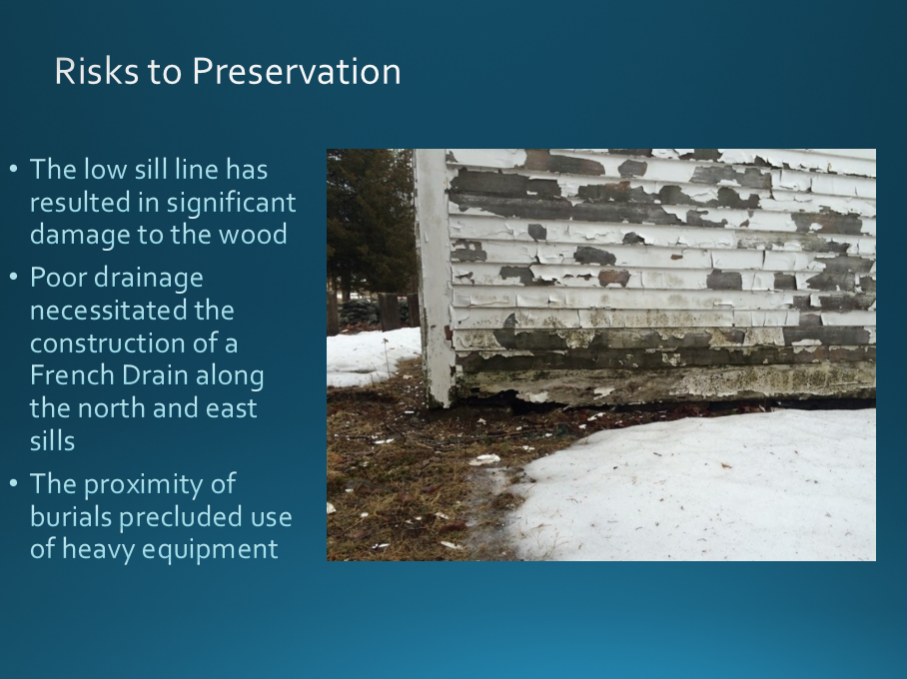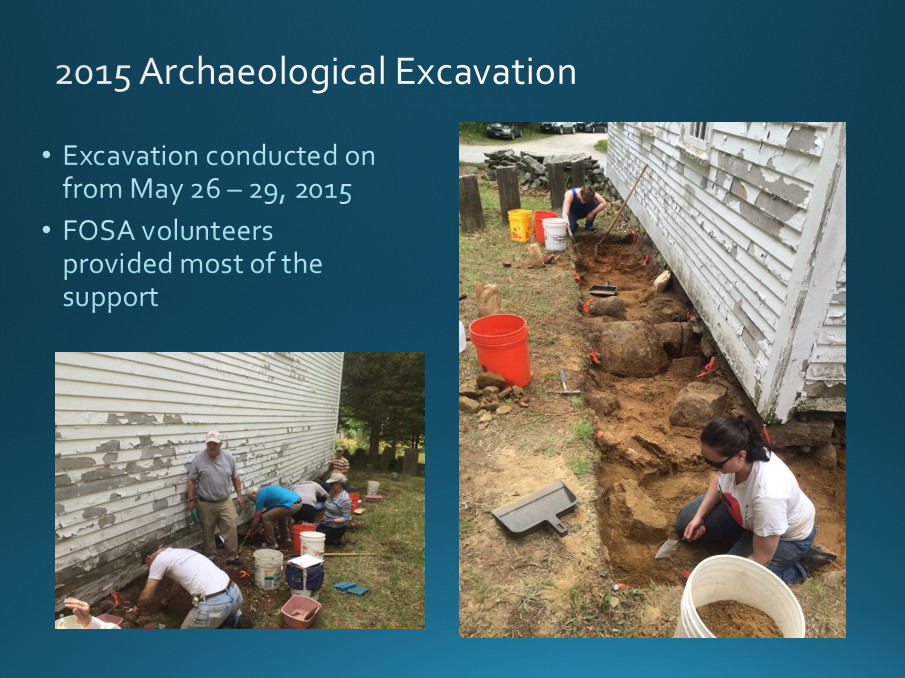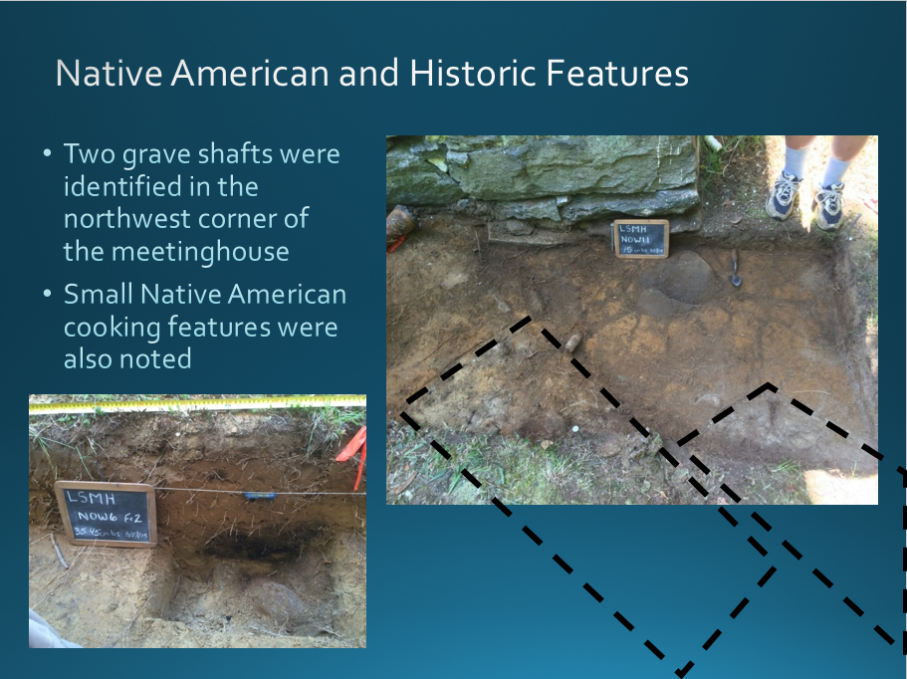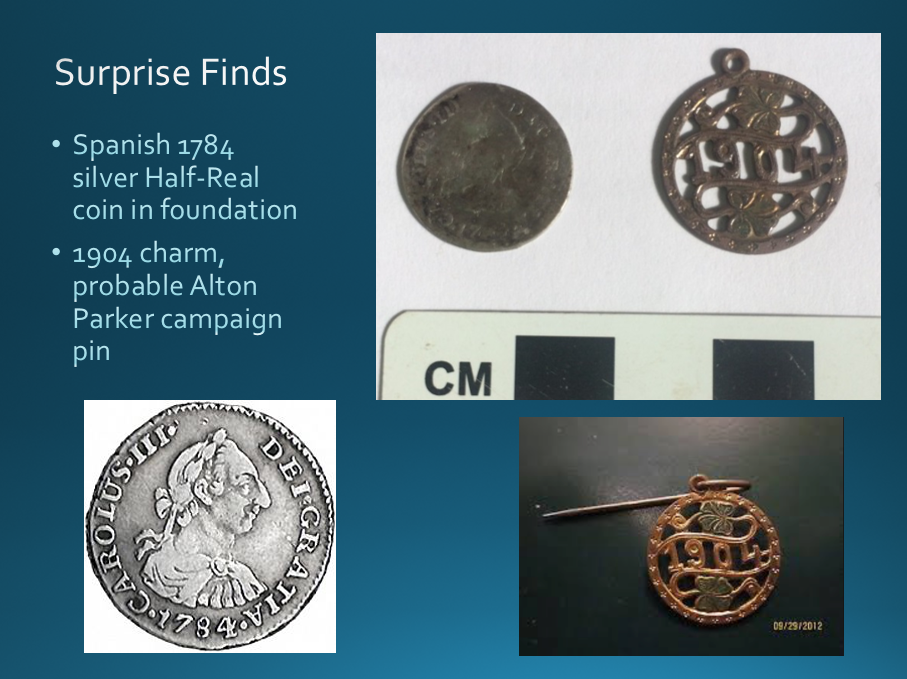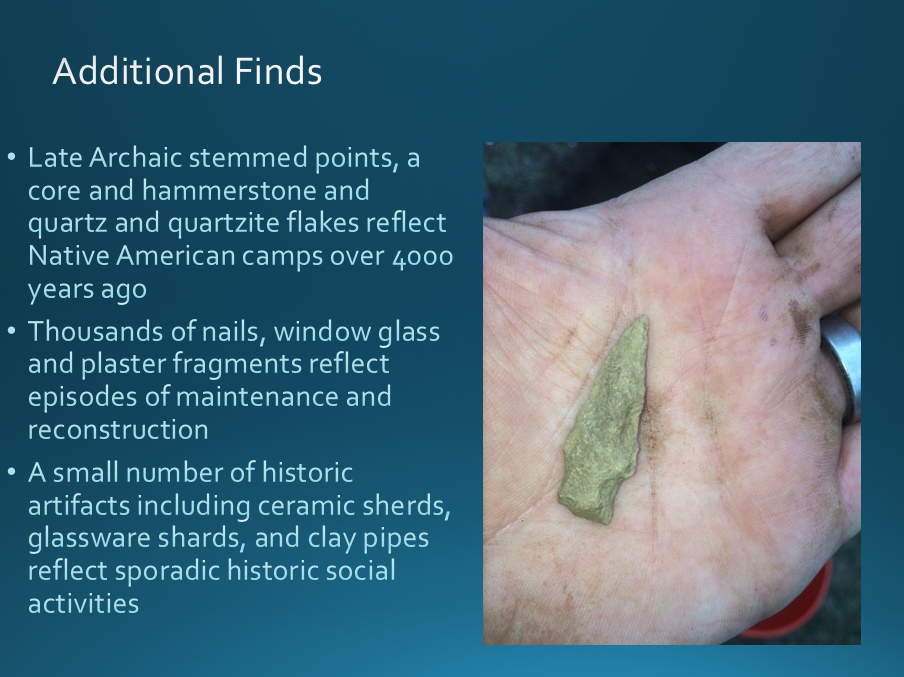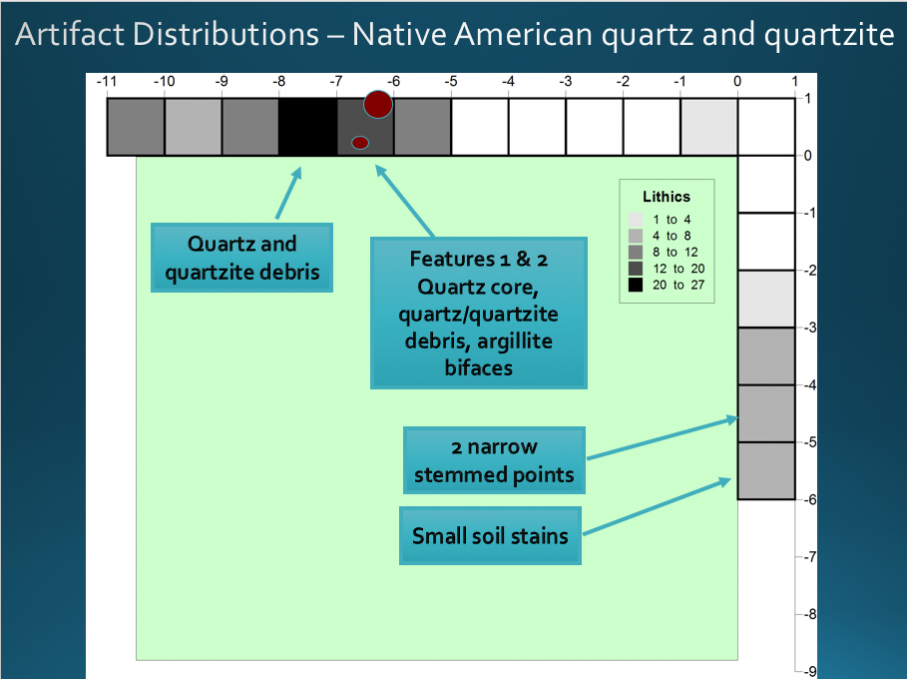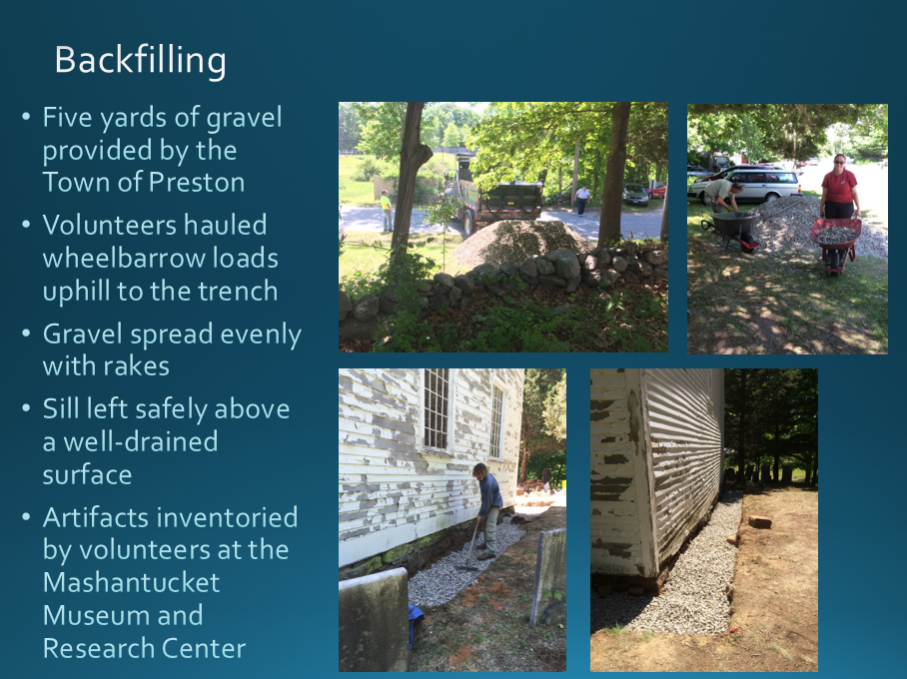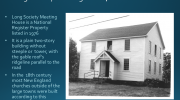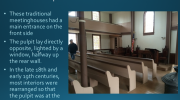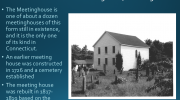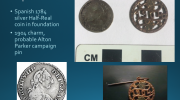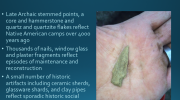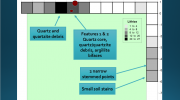Long Society Meeting House
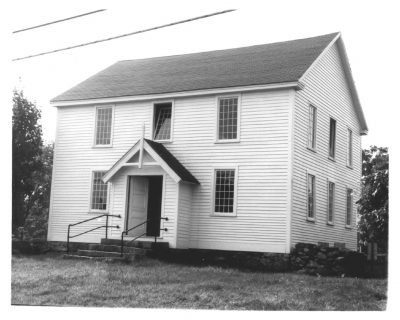
Background
Long Society Meeting House is a National Register Property listed in 1976. The Meetinghouse is one of about a dozen meetinghouses of this form still in existence, and it is the only one of its kind in Connecticut. The original meeting house was constructed at the same location in 1726 and an adjacent cemetery was established. The meeting house was rebuilt in 1817-1819 based on the earlier 18th century style.
A traditional style
The building is a plain two-story structure without steeple or tower, with the gable roof’s ridge-line parallel to the road. In the 18th century most New England churches outside of the large towns were built according to this simple plan. These traditional meetinghouses had a main entrance on the front side facing the street. The pulpit lay directly opposite, lighted by a window, halfway up the rear wall. In the late 18th and early 19th centuries, most interiors were rearranged so that the pulpit was at the end of the long axis, with a door positioned at the opposite end.
The structure’s low sill line had resulted in significant damage to the wood. Poor drainage necessitated the construction of a French drain along the north and east sills. The proximity of burials precluded use of heavy equipment, so the Office of State Archaeology was called in for advice. OSA excavated the area of the drain by hand with the help of FOSA volunteers in the Spring of 2015.
Building interior
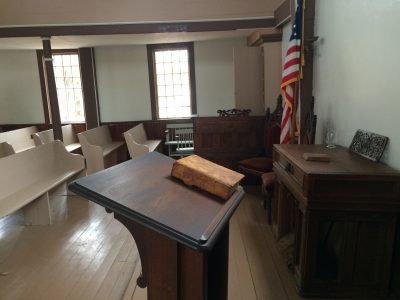
excavation along the north wall
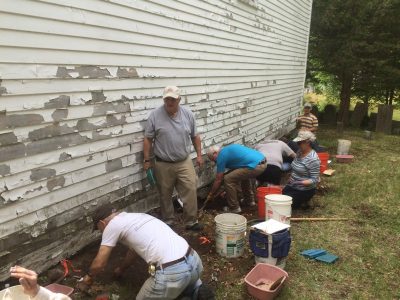
east wall excavation

Finds
The excavations identified two areas of Native American activity. One associated with a late Archaic stemmed point manufactured from quartzite associated with small features, possibly representing post-molds from an ancient structure. The other area included a cooking feature and nearby quartz and quartzite tool-manufacturing debris. Historic finds included a Spanish half-real coin dated to 1784 and a 1904 campaign pin. Abundant nails and window glass reflected episodes of prior demolition and maintenance.

Clay pipe stems from the site reflect the date of the construction of the first meeting house in the 1726.
Stemmed Archaic spear point
